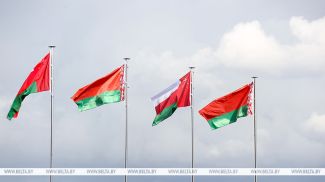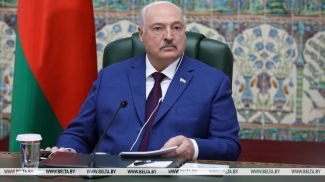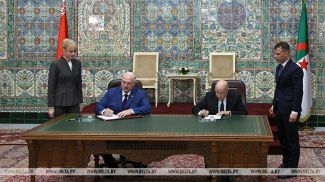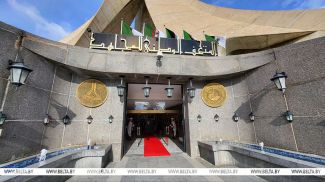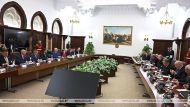
MINSK, 11 August (BelTA) – Trade between Belarus and Russia’s Chelyabinsk Oblast is over half a billion dollars, but there is still room for improvement, Belarusian President Aleksandr Lukashenko said during a meeting with Chelyabinsk Oblast Governor Aleksei Teksler in Minsk on 11 August, BelTA has learned.
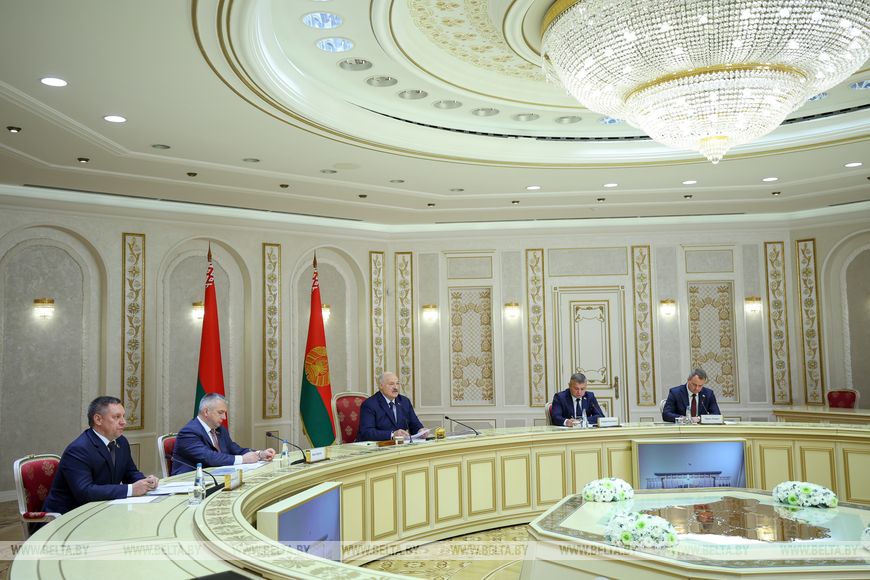
For instance, purchases of BelAZ trucks have slightly declined (compared to previous periods). According to the president, this is a general trend since borrowing costs in Russia have increased, with both loan interest rates and the key rate remaining quite high. “This is a general trend. I believe we will overcome it,” the Belarusian leader added, noting that Belarus had previously supplied significant amounts of this machinery to Chelyabinsk Oblast and it requires regular modernization.
“There is work to be done. I want to assure you that our government will address bottlenecks and expand cooperation,” the head of state emphasized.
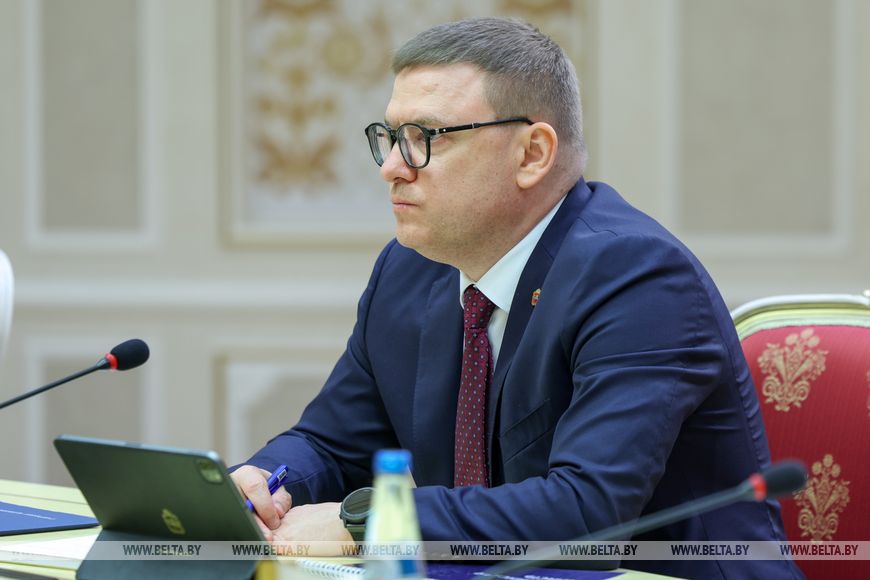 Alongside growing trade, fostering humanitarian cooperation and personal ties is equally important, Aleksandr Lukashenko stressed. “People should interact: your people coming to us, ours to you. Though ‘yours’ and ‘ours’ – we have no borders here. We do not divide. We are one. Our homeland extends from Brest to Vladivostok, even if (through no fault of ours) two states emerged. But we find common ground, we cooperate. And we cooperate well,” the president said. “My recent meeting with Vladimir Putin (you’re likely aware) was very productive and useful [the leaders of the two countries met on Valaam on 1 August 2025]. Discussing certain issues, we focused primarily on the future of our relations.”
Alongside growing trade, fostering humanitarian cooperation and personal ties is equally important, Aleksandr Lukashenko stressed. “People should interact: your people coming to us, ours to you. Though ‘yours’ and ‘ours’ – we have no borders here. We do not divide. We are one. Our homeland extends from Brest to Vladivostok, even if (through no fault of ours) two states emerged. But we find common ground, we cooperate. And we cooperate well,” the president said. “My recent meeting with Vladimir Putin (you’re likely aware) was very productive and useful [the leaders of the two countries met on Valaam on 1 August 2025]. Discussing certain issues, we focused primarily on the future of our relations.”
This future, according to Aleksandr Lukashenko, lies above all in industrial cooperation. Currently, Belarus and the Russian region mutually supply components and a wide range of industrial goods. One key area is the export of Belarusian agricultural machinery. “We should also consider co-producing such equipment. Chelyabinsk Oblast is highly advanced, we can localize many competences related to our machinery. We would be glad to work not just for Chelyabinsk but for neighboring Russian regions too,” the head of state noted.
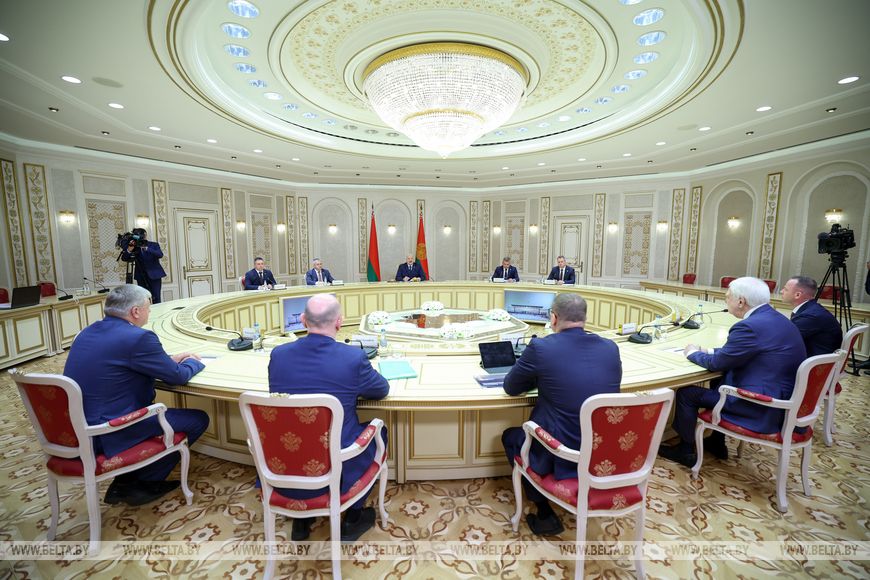
Discussions also touched on agriculture. The head of state remarked that, surprisingly given Chelyabinsk Oblast’s climate, its agriculture is quite developed. “We, too, have related expertise, specialists, competences and know how to share with our Chelyabinsk friends and to learn from them in return,” the president proposed.
Aleksandr Lukashenko emphasized that he had outlined only broad areas for deeper cooperation without going into specifics. Each area can develop into multiple sub-programs and projects. “This is the foundation. We can surpass this half-billion [U.S. dollars in mutual trade] and, at this pace, reach a billion within the next five-year period. This is my strong hope. We are deeply interested in this, as we receive vast quantities of materials from Chelyabinsk Oblast, especially metals and other useful goods. We are keen on advancing this cooperation on this front . Know that here in Belarus, on the western edge of our shared homeland, you have good, reliable friends," the president assured.
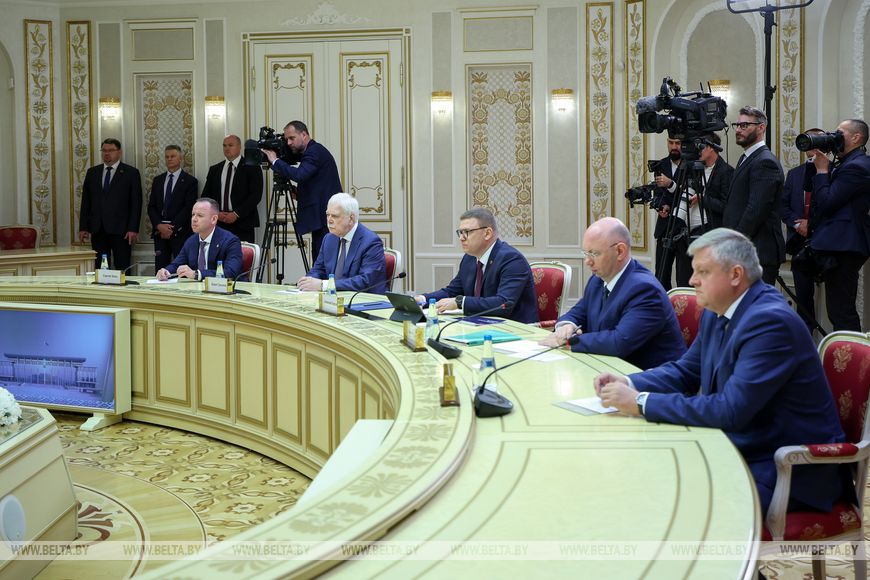
Trade between Belarus and Russia’s Chelyabinsk Oblast has grown steadily in recent years, rising from $302.3 million in 2020 to $539.8 million in 2024. From January to June this year, bilateral trade between Belarus and Chelyabinsk Oblast reached $230.8 million.
Belarus’s major exports include tires, alloyed and non-alloyed steels, tractor and auto parts, lifting and loading machinery, cheese, cottage cheese and beef. Chelyabinsk Oblast supplied Belarus with steel profiles and rolled products, stone and mineral-based goods, pipeline fittings, ferroalloys and other industrial goods.
Welcoming Aleksei Teksler, the head of state hailed the substantial bilateral trade exceeding $500 million per year as a positive achievement. The president suggested their 2022 meeting with Aleksei Teksler may have contributed to these solid results. “We've gained proper momentum and realized that we can work with each other and trade,” Aleksandr Lukashenko said. “This is good. But there are shortcomings.”

For instance, purchases of BelAZ trucks have slightly declined (compared to previous periods). According to the president, this is a general trend since borrowing costs in Russia have increased, with both loan interest rates and the key rate remaining quite high. “This is a general trend. I believe we will overcome it,” the Belarusian leader added, noting that Belarus had previously supplied significant amounts of this machinery to Chelyabinsk Oblast and it requires regular modernization.
“There is work to be done. I want to assure you that our government will address bottlenecks and expand cooperation,” the head of state emphasized.

This future, according to Aleksandr Lukashenko, lies above all in industrial cooperation. Currently, Belarus and the Russian region mutually supply components and a wide range of industrial goods. One key area is the export of Belarusian agricultural machinery. “We should also consider co-producing such equipment. Chelyabinsk Oblast is highly advanced, we can localize many competences related to our machinery. We would be glad to work not just for Chelyabinsk but for neighboring Russian regions too,” the head of state noted.
The president highlighted cooperation in machine tool construction. “We have already achieved some things together in this sector. We could likely draft a plan for joint actions, a kind of roadmap for the future,” he added.

Discussions also touched on agriculture. The head of state remarked that, surprisingly given Chelyabinsk Oblast’s climate, its agriculture is quite developed. “We, too, have related expertise, specialists, competences and know how to share with our Chelyabinsk friends and to learn from them in return,” the president proposed.
Aleksandr Lukashenko emphasized that he had outlined only broad areas for deeper cooperation without going into specifics. Each area can develop into multiple sub-programs and projects. “This is the foundation. We can surpass this half-billion [U.S. dollars in mutual trade] and, at this pace, reach a billion within the next five-year period. This is my strong hope. We are deeply interested in this, as we receive vast quantities of materials from Chelyabinsk Oblast, especially metals and other useful goods. We are keen on advancing this cooperation on this front . Know that here in Belarus, on the western edge of our shared homeland, you have good, reliable friends," the president assured.

Belarus’s major exports include tires, alloyed and non-alloyed steels, tractor and auto parts, lifting and loading machinery, cheese, cottage cheese and beef. Chelyabinsk Oblast supplied Belarus with steel profiles and rolled products, stone and mineral-based goods, pipeline fittings, ferroalloys and other industrial goods.




